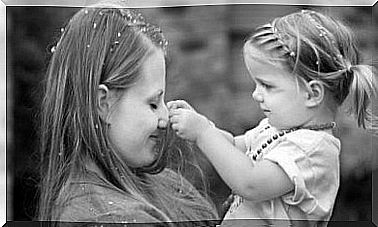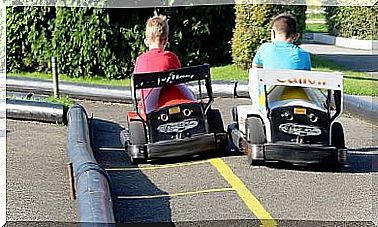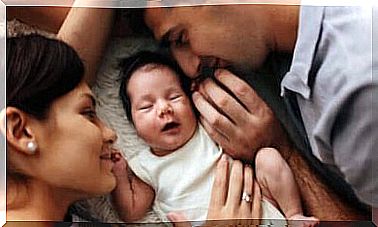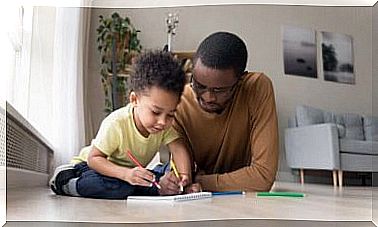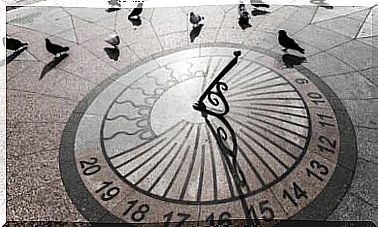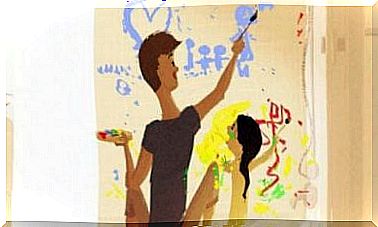How Do I Know If My Child Needs Glasses?
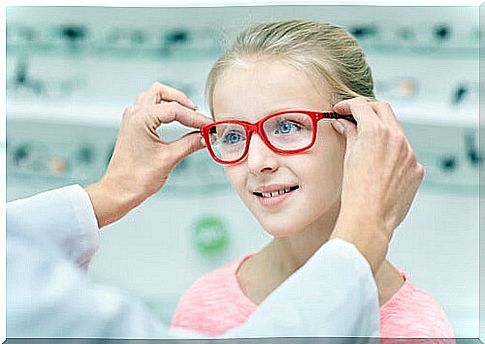
Children, as well as adults, have access to 80% of the perceptions of their surroundings thanks to vision. Therefore, having a clear vision is a fundamental factor for correct development and learning.
Fortunately, unlike us adults, most children generally don’t need glasses because they have excellent vision.
But, of course, there are exceptions . Approximately one in five school-age children have a vision problem (myopia, farsightedness, or strabismus are the most common).
And the biggest concern of parents is how to notice in time if the child needs glasses, when he himself may not be aware of his own vision problems because he does not know how to differentiate between the sharp and the blurry (or, if the child is very young , may still be unable to communicate to express their difficulties).
first months of life
We’ve said before that children often have “excellent eyesight.” Well that’s not entirely true. In the first few weeks of life, most babies have farsightedness. But this is caused by the small size of the eyeball, a problem that is usually resolved with growth.
However, if hyperopia persists or if there is any additional problem, it is essential to identify it as soon as possible to prevent it from worsening with age. Added to this is the fact that premature children (or those born weighing less than 1.5 kg) are more likely to develop vision problems in the future.
Because of all of this, ophthalmologists recommend that babies have their first eye exam during the first 12 months of life.
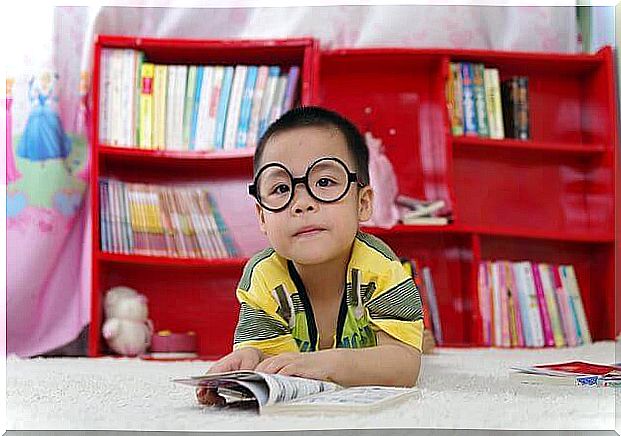
Signs that something is wrong
Regardless of whether you have (or have not) taken your child to an ophthalmologist, you should consider making an appointment if your child begins to show any of the following symptoms:
- Close, blink or rub your eyes frequently.
- Force eyes to focus vision.
- He reads almost touching his face to the book or computer.
- When reading, you get lost or have to use your finger to follow the lines while reading.
- Look tilting his head to one side.
- You experience dizziness, nausea or headaches regularly.
- Gets irritated eyes at the end of the day or after school.
- He loses interest in outdoor games that he usually enjoys (this happens because he doesn’t see the ball, for example).
What are the most common vision problems?
Myopia
This problem arises because the size of the eyeball is slightly larger than normal. This allows you to clearly focus on close objects, but not those that are far away, which the person sees as if they are blurry because the image is formed in front of the retina.
When it appears, it is common for it to increase progressively. But the good thing is that your child will only need glasses to see properly.
hyperopia
The opposite case of myopia: a very small eye causes the child to focus on objects behind the retina, making it difficult to focus and see objects up close. Mild cases usually disappear before the age of 10 without the need to wear glasses.
Astigmatism
The curvature of the cornea is irregular, which produces a slightly deformed vision, with good areas and blurred areas. It’s usually a birth defect, so it doesn’t get worse over time. If it is very light, to the point of not causing eyestrain or headaches, glasses are not needed.
lazy eye
It’s the problem that arises when the brain detects that each eye offers different images that don’t fit, and learns to systematically ignore the information offered by one of the two.
This can happen for two reasons: because this eye suffers from one of the above problems to a greater degree than the other, or because there is a problem with eye muscle coordination (strabismus). This can cause serious vision development problems in the future and loss of binocular vision.

And if there is no other option than to wear glasses…
After consulting the optician, if the conclusion is that your child needs glasses, you should be careful with the little one’s first contact with the “new companion”. Above all, it is essential not to present glasses as something negative, but as an incredible – almost magical – accessory that will allow them to see things so small or far away that the child could not before.
To make it easier for the child to accept better wearing glasses, a good alternative is to allow them to choose the frame. Regarding lenses, we must choose an option compatible with a child’s life. That is, a lens that doesn’t fall into pieces on the first drop. Most experts recommend organic lenses for children.
It can also be useful to put protective rubbers on the ends of the rods to avoid any problems.


